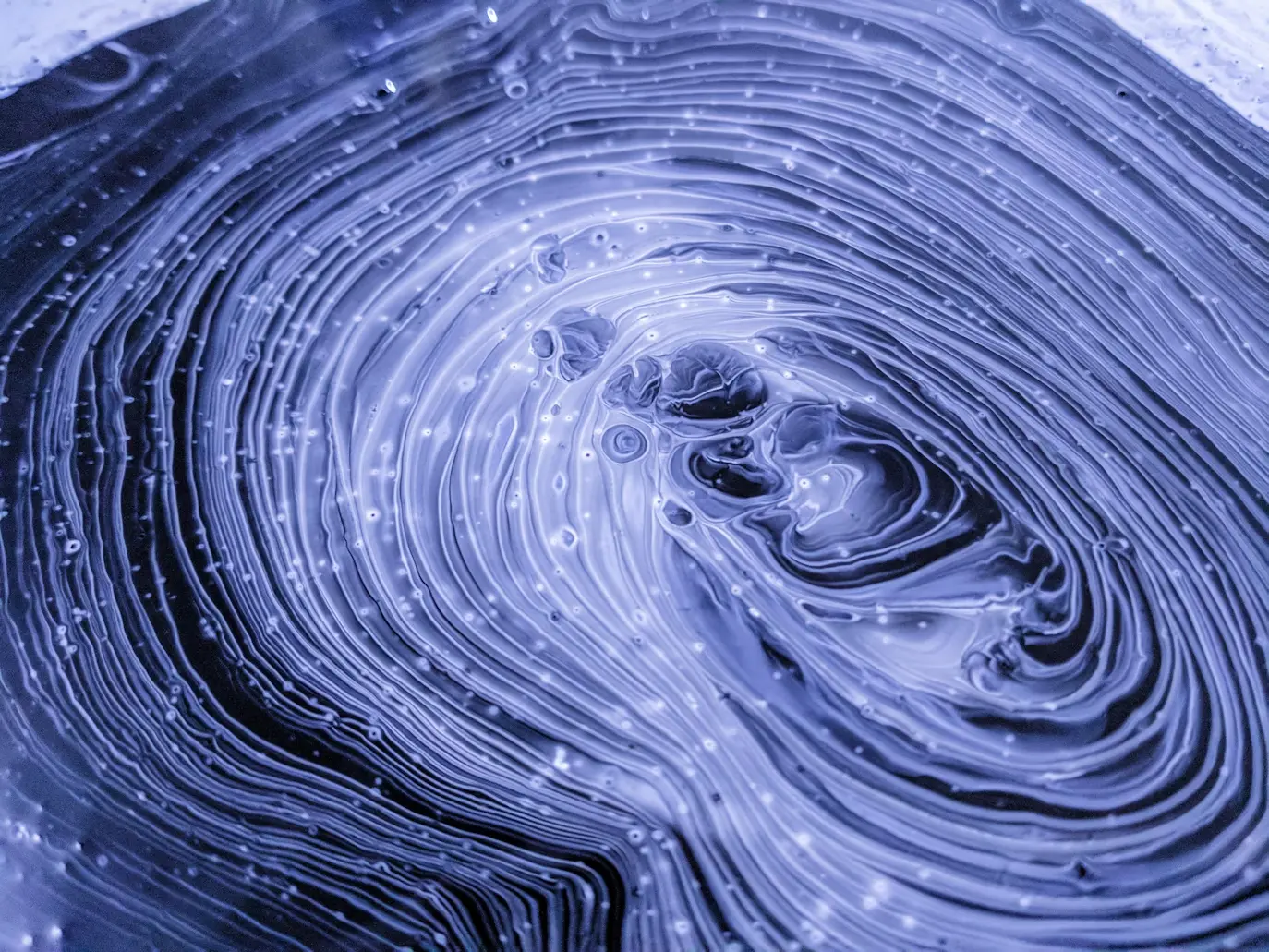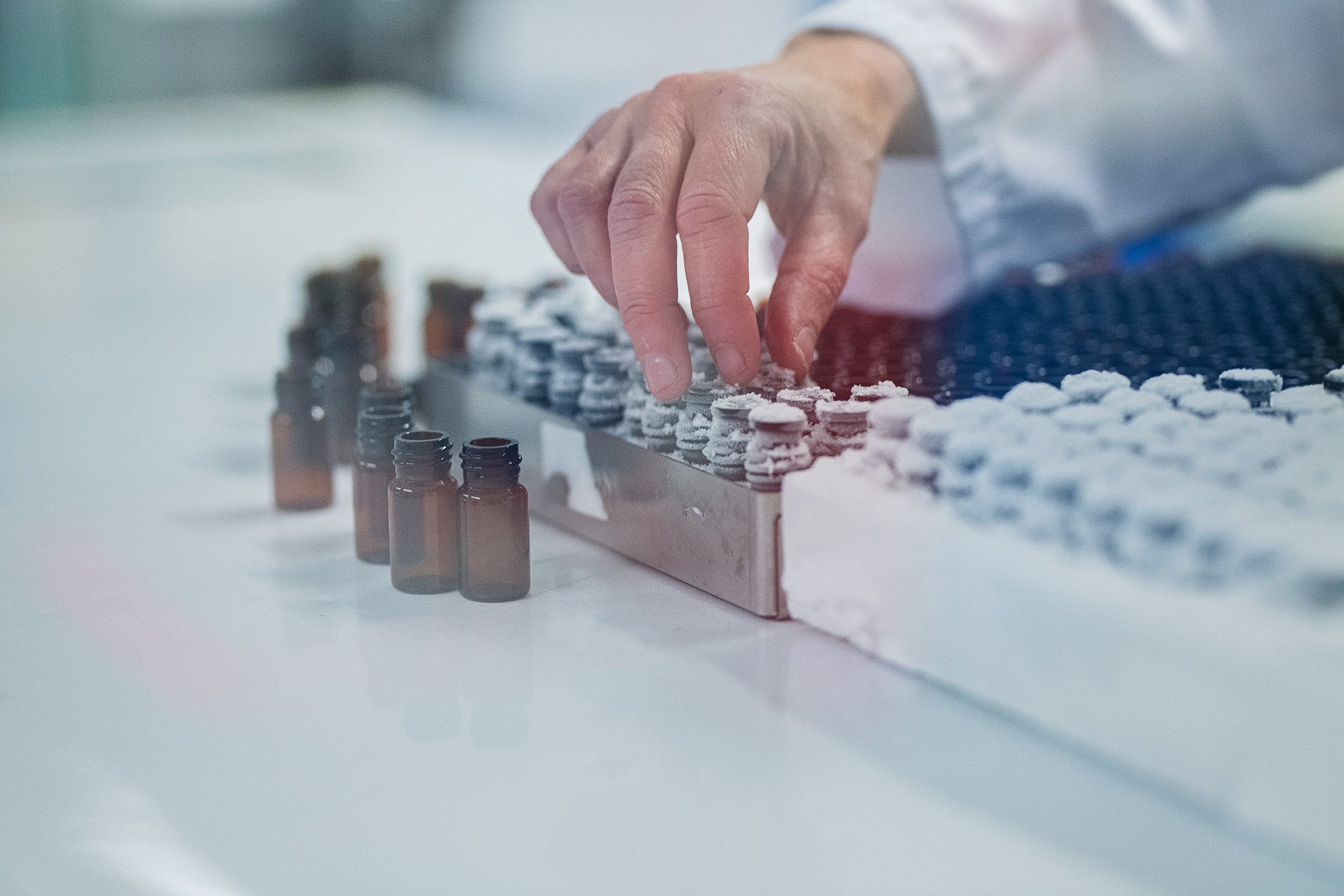Null mutation of chloride channel 7 (Clcn7) impairs dental root formation but does not affect enamel mineralization.
Abstract
ClC-7, located in late endosomes and lysosomes, is critical for the function of osteoclasts. Secretion of Cl(-) by the ruffled border of osteoclasts enables H(+) secretion by v-H(+)-ATPases to dissolve bone mineral. Mice lacking ClC-7 show altered lysosomal function that leads to severe lysosomal storage. Maturation ameloblasts are epithelial cells with a ruffled border that secrete Cl(-) as well as endocytose and digest large quantities of enamel matrix proteins during formation of dental enamel. We tested the hypothesis that ClC-7 in maturation ameloblasts is required for intracellular digestion of matrix fragments to complete enamel mineralization. Craniofacial bones and developing teeth in Clcn7(-/-) mice were examined by micro-CT, immunohistochemistry, quantified histomorphometry and electron microscopy. Osteoclasts and ameloblasts in wild-type mice stained intensely with anti-ClC-7 antibody but not in Clcn7(-/-) mice. Craniofacial bones in Clcn7(-/-) mice were severely osteopetrotic and contained 1.4- to 1.6-fold more bone volume, which was less mineralized than the wild-type littermates. In Clcn7(-/-) mice maturation ameloblasts and osteoclasts highly expressed Ae2 as in wild-type mice. However, teeth failed to erupt, incisors were much shorter and roots were disfigured. Molars formed a normal dental crown. In compacted teeth, dentin was slightly less mineralized, enamel did not retain a matrix and mineralized fairly normal. We concluded that ClC-7 is essential for osteoclasts to resorb craniofacial bones to enable tooth eruption and root development. Disruption of Clcn7 reduces bone and dentin mineral density but does not affect enamel mineralization.



